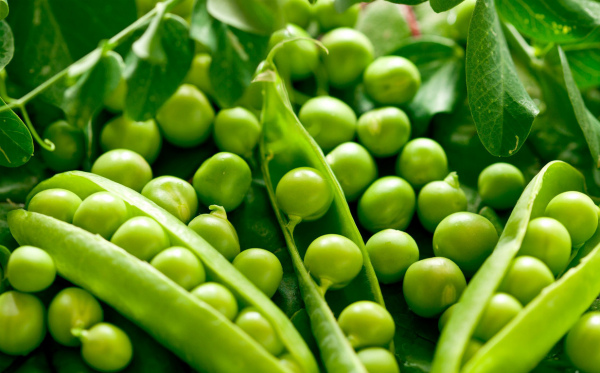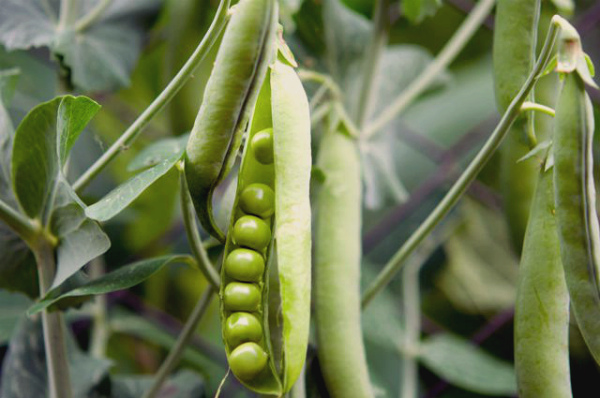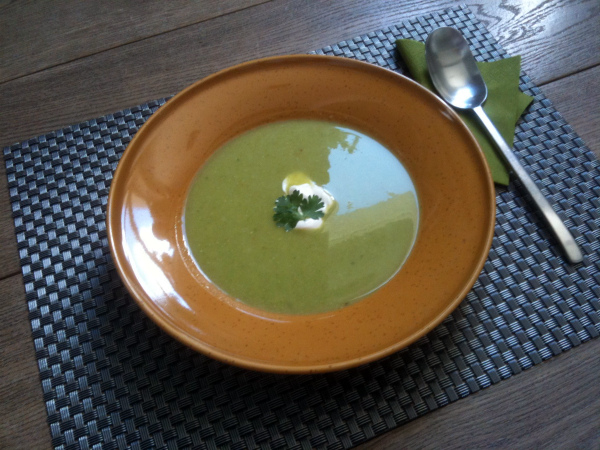Are peas a vegetable or a fruit?
Content
So what are peas
Everywhere there are disputes as to what species should be attributed to peas. Is it a fruit, vegetable or berry? There is no single answer, since in different areas it is classified according to different criteria.
At its core, the plant belongs to the herbaceous genus of the legume family. It is an annual climbing plant with feathery leaves, the shoots of which end in tendrils. Pea flowers resemble a corolla in shape; a three-ribbed column with a groove at the bottom is marked on it. Pea seeds are flattened, bivalve, deep green, hidden in pods.
From a culinary point of view, all legumes belong to the vegetable class. From a botanical point of view, peas are definitely a fruit.
The reasoning behind this is that all flowering plants whose fruits contain seeds are classified as “fruit”. The use of the word "vegetable" is applicable in the culinary field, where the division is based on the taste of the culture.
Plant biology
Like any legume plant, peas are divided into varieties and types. Two large groups, shelling and sugar, contain a large number of varieties and varieties of peas.
Peeling is characterized by a kind of parchment layer on the inside of the beans. They are used for conservation. Sugar, on the contrary, without any jumpers, they are consumed in the early stages of ripening, when the peas are very tender and juicy.
In general, peas have bisexual flowers that are self-pollinated.
The curly part grows actively with abundant watering and high temperatures.
Chemical composition
It doesn't matter at all whether the fruit is green peas or a vegetable (and even more so a berry). It contains a rich array of nutrients. So for 100 g of peas, there are 5.4 g of protein, 0.4 g of fat, 14.5 g of carbohydrates and 81 kcal.
Peas are rich in various vitamins. They contain retinol (vitamin A), thiamine (vitamin B1), riboflavin (vitamin B2), niacin (vitamin B3), pantothenic acid (vitamin B5), pyridoxine (vitamin B6), folacin (vitamin B9), ascorbic acid (vitamin WITH). In addition to this extensive list of vitamins, a fruit (or vegetable, as you are accustomed to) contains calcium, magnesium, high amounts of phosphorus and potassium.
The rich chemical composition makes the plant very useful for the human body.
Application
There are probably no culinary areas where green peas cannot be used. Although most often porridge, soups are made from it, used as an ingredient for stews or salad. Any kind of heat treatment reveals the taste of this plant, making it sweeter.
The cuisines of different countries are actively using peas. For example, in India it is added to curried potatoes or mixed with cheese. Dried and pickled peas are used instead of light snacks in Japan, China, Malaysia.
The field of application of the plant is really wide, since in addition to a rich set of amino acids, vitamins and trace elements, peas have a pleasant taste.
Video "The benefits of green peas"
This episode of the popular TV show "Life is great!" dedicated to sugar green peas. Watch this and you will find out how green peas are useful, what vitamins it contains, how to cook it tasty and properly, and how to preserve so that its beneficial properties do not disappear.



